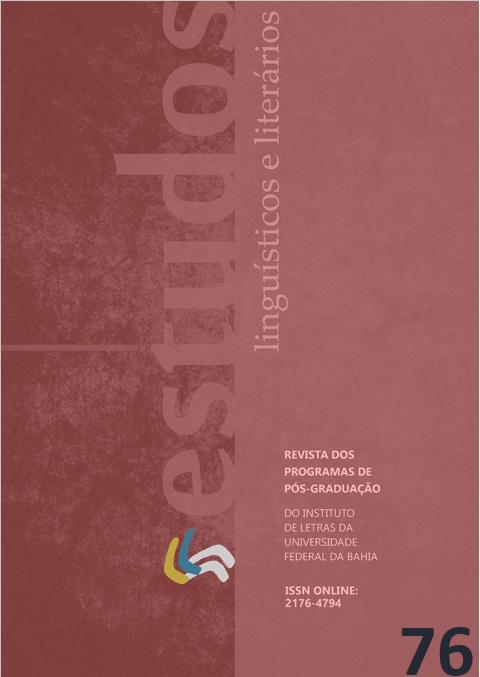POESÍA QUECHUA CONTEMPORÁNEA
RUPTURAS Y PERSISTENCIAS DE LA HETEROGENEIDAD VIRREINAL
DOI:
https://doi.org/10.9771/ell.v0i76.52519Palabras clave:
archivo literario andino – heterogeneidad – poesía quechua – sujeto migrante – modernidades andinasResumen
El presente artículo procura dar cuenta de las continuidades del proyecto literario andino, surgido en medio de la violencia del Virreinato, que se manifiestan en la poesía quechua contemporánea. Partiendo de la delimitación de dos momentos fundamentales de la poesía quechua del siglo XX (el señorial-indigenista y las poéticas migrantes), se tratará de trazar las diferencias y las continuidades de la heterogeneidad fundante de las literaturas andinas. Se plantea, en general, que las literaturas heterogéneas de las zonas andinas han servido (y siguen sirviendo) a los escritores (indígenas y mestizos) para dar cuenta de sus procesos de negociación identitaria y de las múltiples herencias culturales que los conforman. Aunque se reconoce que en el área andina hay un conflicto (por momentos irresoluble) entre la escritura y la oralidad, al mismo tiempo se da cuenta de que estas poéticas parecen guiadas por la esperanza de alcanzar una relación complementaria entre las técnicas occidentales y los saberes ancestrales amerindios
Descargas
Citas
ARGUEDAS, José María. La literatura quechua en el Perú. En: ARGUEDAS, José María (ed.). Kachkaniraqmi! ¡Sigo siendo! Textos esenciales. Editado por Carmen Pinilla. Fondo Editorial del Congreso del Perú, 2004, p. 152-162.
ARGUEDAS, José María. Katatay. Poesía Reunida. Biblioteca Abraham Valdelomar. Lima, Perú, 2013.
HUSSON, Jean-Phillipe. Literatura quechua. Boletín del Instituto Riva-Agüero, n. 29, p. 387-522, 2002.
KRÖGEL, Alison. Musuqilla. Poéticas del harawi en runasimi (2000 – 2020). Pakarina Editores, Lima. 2021.
LANDEO, Pablo. Runasimipi qillqamasiykunata qayakuy (Llamado a mis hermanos que hablan y escriben en runasimi). Pututu: Boletín cultural, n. 52, v. 1, p. 17-18, 2013.
LANDEO, Pablo. La cultura andina existe desafiando al tiempo, a las inclemencias y a su geografía. Entrevista. Ojoxojo, v. 2, 2022. Disponible en:
<https://ojoxojo.xyz/?p=2700 > .Accedido el 08/09/2023.
LIENHARD, Martin. La voz y su huella: escritura y conflicto étnico-social en América Latina (1492-1988). Casa de las Américas, Cuba. 1990.
NORIEGA, Julio. Caminan los Apus: Escritura andina en migración. Pakarina Editores, Lima, Perú. 2012.
RODRÍGUEZ, Claudia. Poesía indígena actual: textos que se cantan susurrados en sus lenguas y textos bilingües que se leen. Desde el Sur, v. 9, n. 2, p. 297-316, 2017.
WARAK´A, Killku. Taki Parwa / 22 poemas. Biblioteca Municipal del Cusco. Cusco, Perú. 1999.


